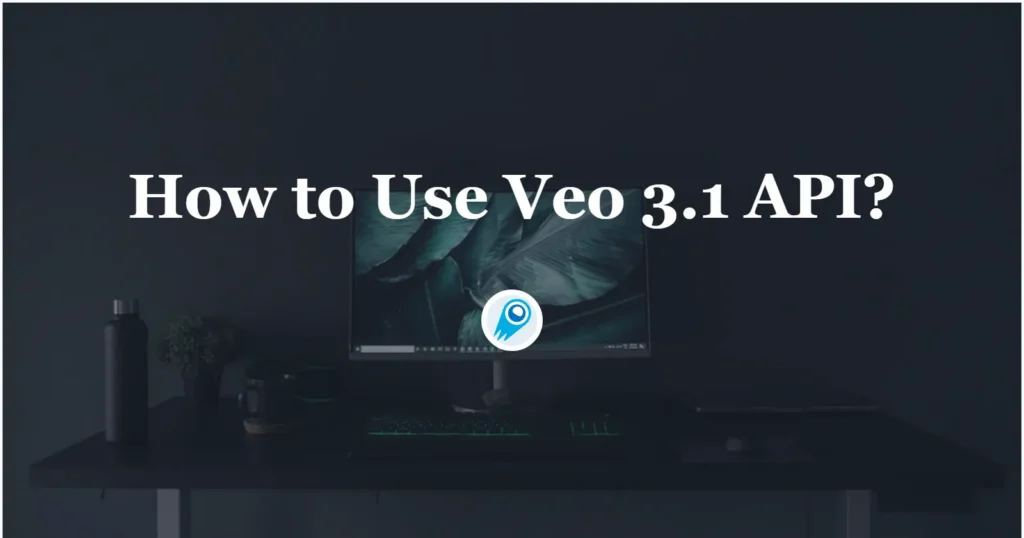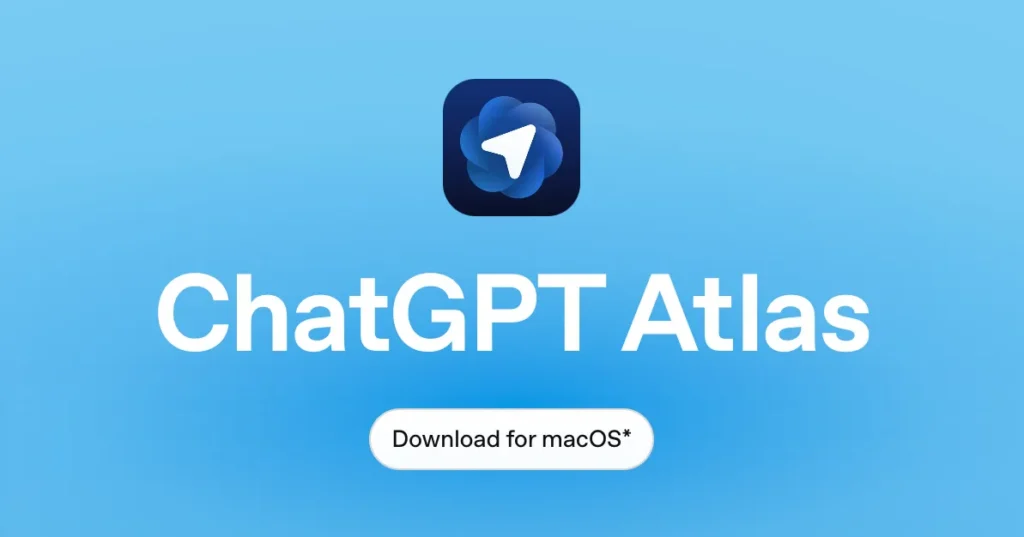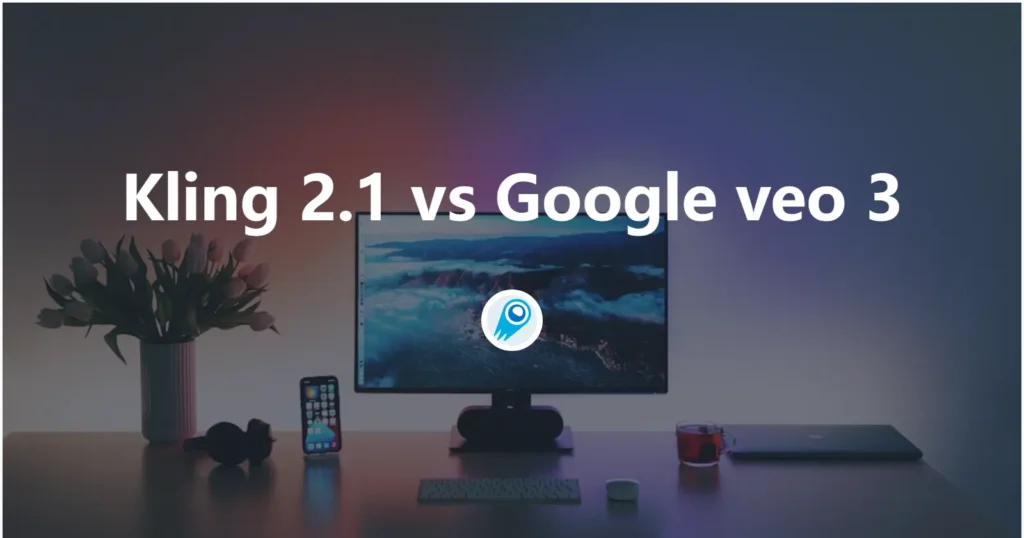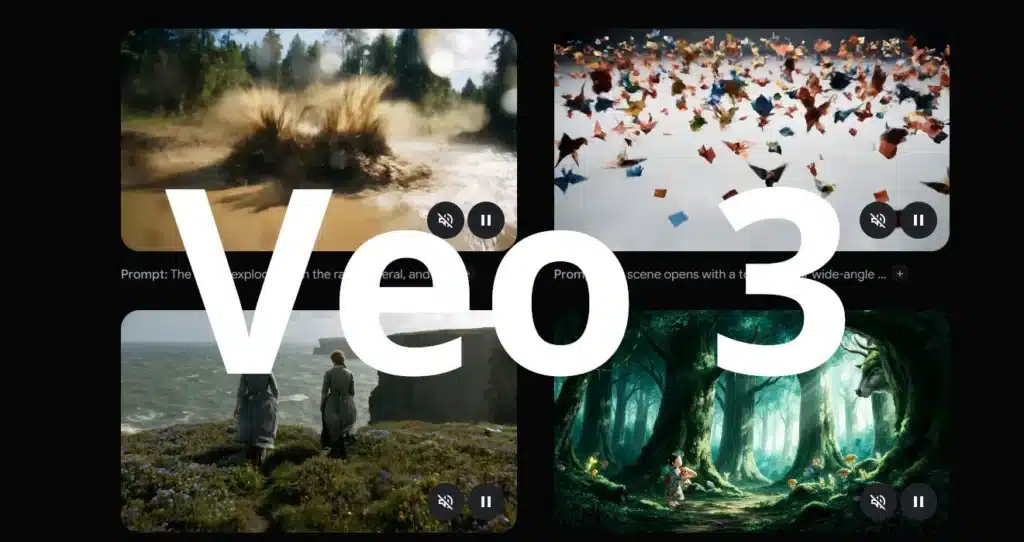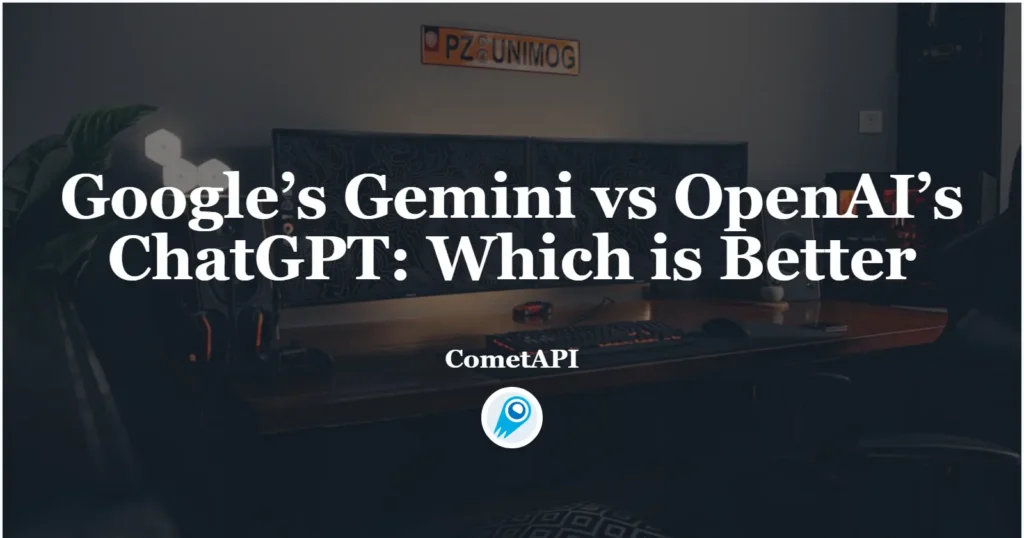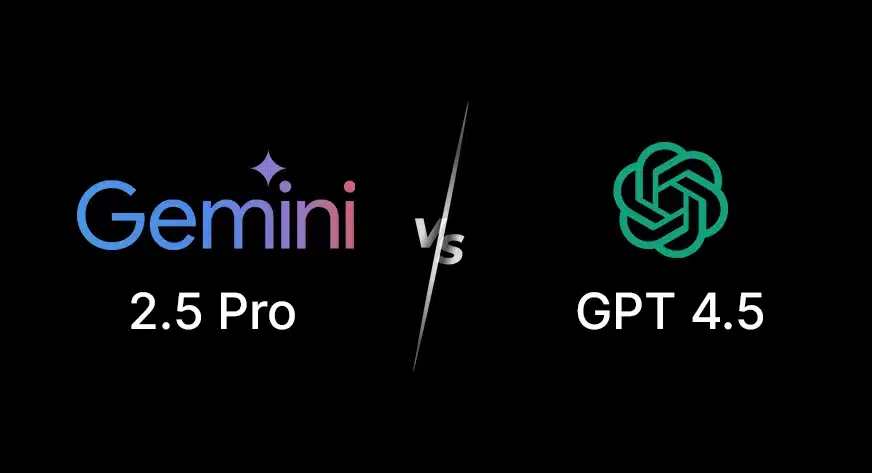Veo 3.1 is the latest iteration of Google’s Veo family of video-generation models. It brings richer native audio, better narrative and cinematic control, multi-image guidance, and new editing primitives (first/last-frame transitions, “ingredients” / reference images, and scene extension workflows). For developers the quickest way to access Veo 3.1 is the API (for consumer-facing integrations) and […]
ChatGPT Atlas vs Google’s Chrome: Who will come out on top?
The browser wars are back—but this time the battlefield looks different. On October 21, 2025, OpenAI launched ChatGPT Atlas, a Chromium-based web browser built around ChatGPT’s conversational interface and agent capabilities. The move is a direct challenge to incumbent browsers—especially Google Chrome, which still commands a large share of global usage—by tightly integrating generative AI […]
Gemini 2.5 Pro API
Gemini 2.5 Pro API, an advanced AI model designed to enhance reasoning, encoding and multimodal capabilities. Its multimodal design enables it to interpret and generate text, audio, images, videos and code, thereby expanding its applicability in various fields.
Model Type: Chat
Kling 2.1 vs Google veo 3: A Comparative Analysis
You’ve probably come across two names making waves recently When you’re diving into AI video generation: Kling 2.1 and Veo 3, Google DeepMind’s most advanced text-to-video model. In this article, we’ll walk through their key features, performance, ease of use, and real-world applications—so you can decide which one fits your creative toolbox best. What can […]
How to Prompt Veo 3?
I’m thrilled to dive into Veo 3, Google DeepMind’s groundbreaking AI video generation model. Over the past week, Veo 3 has dominated headlines, social feeds, and creative conversations. From satirical reels roasting influencer culture to mock pharmaceutical ads that feel startlingly real, creators and marketers alike are experimenting with Veo 3’s uncanny ability to translate […]
Veo 3 API
Google DeepMind’s Veo 3 represents the cutting edge of text-to-video generation, marking the first time a large-scale generative AI model seamlessly synchronizes high-fidelity video with accompanying audio—including dialogue, sound effects, and ambient soundscapes.
Model Type: Video
Google’s Gemini vs OpenAI’s ChatGPT: Which is Better
As artificial intelligence continues its rapid evolution, two contenders dominate the conversation: Google’s Gemini and OpenAI’s ChatGPT. Both models have seen significant updates in recent months, offering unique strengths and trade‑offs. This article explores their latest developments, real‑world applications, and technical capabilities to help you determine which AI is better suited for your needs. What […]
Gemini 2.5 Flash API
Gemini 2.5 Flash is Google’s latest multimodal AI model, designed for high-speed, cost-efficient tasks with controllable reasoning capabilities, allowing developers to toggle advanced “thinking” features on or off via the Gemini API.
Model Type: Chat
3 Methods to Use Google Veo 3 in 2025
Google Veo 3 is a video-generation model developed by Google using the latest AI technology. Announced at Google I/O 2025, it grabbed attention for its ability to automatically generate high-resolution, cinematic-quality videos from simple text or image inputs. With Veo 3, creators and businesses can produce high-quality video content more quickly and at lower cost […]
GPT-4.5 vs Gemini 2.5 Pro: What is the differences?
GPT-4.5 and Gemini 2.5 Pro represent two of the most advanced large language models (LLMs) available today, each showcasing distinct approaches to scaling AI capabilities. Launched by OpenAI and Google DeepMind respectively, they set new benchmarks for performance in reasoning, multimodal understanding, and real-world application. This article examines their origins, architectures, capabilities, and practical trade-offs, […]

